Fitness Wear Manufacturing: Global Trends and Local Opportunities!
 2024-03-26
2024-03-26

 Sansansun
Sansansun
Introduction
The global trends dominate in the dynamic Fitness Wear Manufacturing field, which affect local markets. The main trends are sustainable materials, technology integration and personalization.
While local manufacturers innovate, they scoop up market shares by carving niches that incorporate eco-friendly practices and agile responses. The fusion of global intelligence and local creativity not only creates a dynamic, it also provides lucrative opportunities for innovation.
The strategies also change as demands develop to come up with the right balance between tradition and manifesting digital technology in an attempt to address varying requirements of fitness enthusiasts across the world.
The Global Landscape of Fitness Wear Manufacturing!

Overview of the global market size and growth projections
Fitness Wear Manufacturing operates on several continents, with Asia having the largest volume. In 2023, output was at a level of 3B units. The European continent is renowned for its advancement in tech fabrics producing innovative microfibers. Recycled nylon spandex polymers are integrated with the fitness wear. The sales forecasts suggest an increase of 7B units by ‘25.
Like biometrics, tech integration is transforming the industry. Latin America emphasizes agility with fast design cycles. In terms of fabric innovation, the move is towards nano-tech materials. Wearable integration is called for by consumer demands. Production efficiency is essential fueled by AI optimizations. The market diversity encourages various regional specialties.
Key Players in the Global Fitness Wear Market
Brand Dominance
Brand Dominance in Fitness Wear Manufacturing reveals giants like Nike and Adidas at the forefront. These titans command vast global markets, their logos synonymous with quality. Their strategies mix innovation with tradition, securing loyalty. Smaller brands, however, carve niches with unique offerings. The battle for supremacy rages on reshaping the fitness landscape.
Market Share
Market Share in the Fitness Wear Manufacturing sector is fiercely contested. Top brands hold significant slices, yet emerging labels gain ground. The market's dynamic nature fosters competition, driving diversity. Consumer preferences shift, reflecting in market share changes. Brands adapt or falter the stakes ever high.
Innovation Leadership
Innovation Leadership within Fitness Wear Manufacturing sets brands apart. Pioneers like Under Armour revolutionize with tech-infused apparel. These innovations aren't just gimmicks; they enhance performance. The race for the next big breakthrough is relentless. It fuels progress, pushing the industry toward futuristic solutions.
Supply Chain
Supply Chain efficiency is vital for Fitness Wear Manufacturing success. Robust networks ensure seamless production to distribution flows. Agility in these chains allows rapid response to trends. Sustainability becomes a pivotal focus, with eco-friendly practices gaining prominence. A resilient supply chain equals a competitive edge.
Product Diversification
The available choices for the consumers with respect to Product Diversification in Fitness Wear Manufacturing are vast. Both high support workout performance gear and eco-friendly lines are available here. This diversification caters to diverse needs enlarging the markets reach. It’s a tactical move for brands to serve every single segment. The result? A brighter, colorful fitness wear palette.
Consumer Engagement
Consumer Engagement strategies for Fitness Wear Manufacturer change perpetually. Brands use social media, influencers and tech to connect. These exchanges are not just deals; they create societies. The engaged customers become brand ambassadors and their loyalty priceless. This connection makes brand narratives relatable and authentic.
Impact of the COVID-19 Pandemic on the Fitness Wear Industry
Supply Disruptions
Supply Disruptions in Fitness Wear Manufacturing intensified during the pandemic. Global lockdowns severed logistics chains, causing material shortages. Manufacturers scrambled for alternatives, facing delayed shipments. Ports congested, warehouses overflowed, leading to stockpile issues. This disruption tested the industry's resilience, forcing a reevaluation of supply strategies.
Demand Fluctuation
Demand Fluctuation in the Fitness Wear sector was stark. Initially, sales plummeted as gyms closed. Yet, home workouts surged, sparking a rebound in demand. Comfort became king, with a shift towards athleisure. This volatility showcased consumer adaptability, reshaping market offerings.
Digital Shift
Digital Shift became paramount for Fitness Wear Manufacturing. Online sales channels gained precedence as physical stores shuttered. Brands accelerated their e-commerce strategies, investing in digital platforms. Virtual fittings and augmented reality shopping experiences bridged the physical divide, fostering a new shopping paradigm.
Health Focus
Health Focus in Fitness Wear Manufacturing took center stage. The pandemic heightened awareness around wellness, influencing product design. Antimicrobial fabrics and fitness tracking features saw increased demand. This shift towards health-centric apparel reflects a broader societal emphasis on well-being.
Production Halt
Production Halt impacted Fitness Wear Manufacturing significantly. Facilities faced shutdowns, disrupting manufacturing cycles. The challenge was maintaining operations amidst health concerns. This halt spotlighted the need for flexible production models, capable of weathering unprecedented disruptions.
Recovery Strategy
Recovery Strategy for Fitness Wear Manufacturing involved agility and innovation. Brands diversified suppliers, mitigating future disruptions. Digital transformation accelerated, enhancing customer engagement. Sustainability and health became central themes, aligning with evolving consumer values. The industry's comeback strategy emphasized resilience and adaptability.
Regional Analysis: Performance and Opportunities!
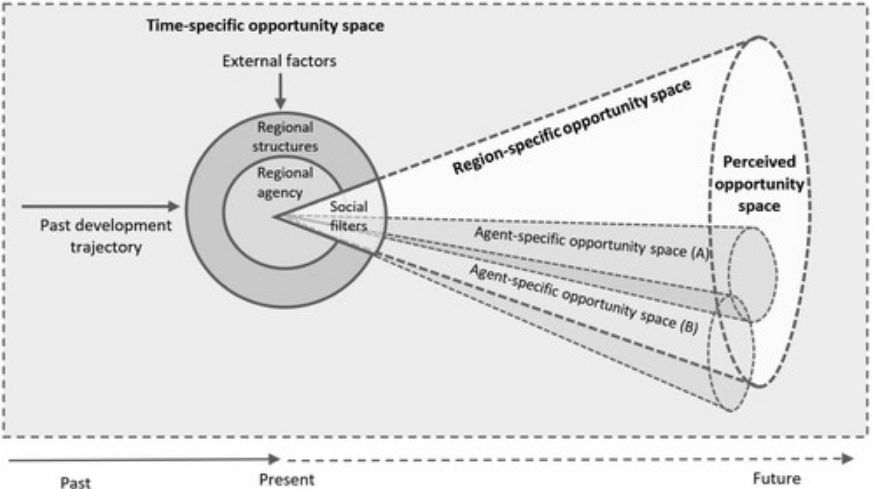
Market Expansion
Market Expansion sees Asia and Africa as key. These regions show rapid urbanization and income growth. Brands target these areas, foreseeing vast consumer bases. Local collaborations boost market entry. Cultural nuances shape marketing strategies, ensuring relevance.
Consumer Preferences
Consumer Preferences evolve, highlighting comfort and sustainability. Eco-friendly materials gain favor, reflecting environmental consciousness. Tech integration, like wearable fitness trackers, becomes essential. Customization and personalization trends rise, meeting individual needs.
Emerging Economies
Emerging Economies present untapped potential. Rising middle classes in these regions increase purchasing power. Infrastructure improvements support retail growth. Local brands emerge, challenging global players. Collaboration and partnerships become strategies for market penetration.
Regulatory Landscape
Regulatory Landscape impacts operations. Standards for materials and sustainability tighten. Compliance becomes a competitive advantage. Regulations vary by region, requiring adaptable business models. Safety and ethical standards influence brand reputation.
Distribution Networks
Distribution Networks adapt to digital shifts. E-commerce platforms dominate, reducing reliance on physical stores. Omni-channel strategies enhance customer experiences. Logistics efficiency becomes crucial, with a focus on speed and reliability.
Investment Trends
Investment Trends focus on innovation and sustainability. Investors desire brands that integrate technology with green practices. How start-ups that are getting funding disrupt old models. R&D investments serve as the foundation for future growth.
Local Opportunities
Local Opportunities are born from regional distinctiveness. Brands customize products for local tastes and climates. Trust is built through community engagement and local brand ambassadors. This form of grassroots marketing is shown to be successful, generating customer loyalty.
Consumer Trends Driving Fitness Wear Market!
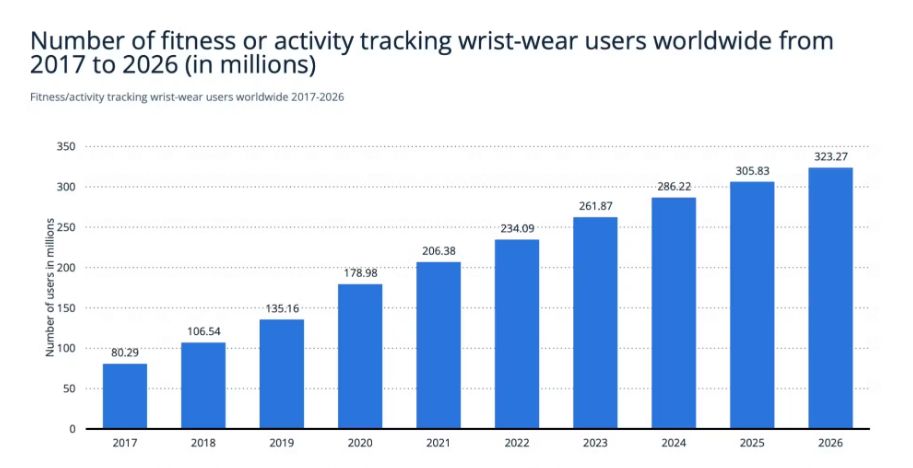
Sustainability Focus
Eco-fabrics dominate the scene, with R-PET leading. Production cuts CO₂ by 20kg per 10m². Water use drops, thanks to closed-loop systems. Dyeing tech evolves, minimizing toxins. Consumers demand transparency; brands comply. QR codes on tags reveal origins.
Bio-based threads gain traction. Circular economy principles guide design. Durability is key, reducing waste. The industry shifts towards biodegradability. Legislation pushes greener practices. Innovation in recycling techniques accelerates. The market responds, prioritizing sustainability.
Tech Integration
Smart textiles transform fitness gear. Sensors embed in fabrics, tracking vitals. Connectivity enables data sync with apps. Wearables integrate seamlessly, enhancing user experience. Energy-harvesting tech powers devices. Antimicrobial treatments keep garments fresh.
UV-blocking materials protect skin. Thermal regulation improves with phase-change materials. Stretchable electronics offer comfort. Biometrics guide personalized fitness plans. AI optimizes fabric performance. 3D printing customizes fit. Tech-savvy consumers drive demand. The future points to fully interactive apparel.
Style Evolution
Trends merge with technology, shaping aesthetics. Athleisure blurs lines between gym and streetwear. Minimalism rises, focusing on form and function. Bold patterns reflect individuality. Sustainable materials inspire new textures. Adaptive wear expands, catering to all bodies.
Collaborative designs bring fresh perspectives. Vintage revivals meet modern tech. Color psychology influences mood and performance. Customization options grow. Eco-conscious dyes gain popularity. Fabrics evolve, enhancing movement. The industry embraces inclusivity. Fashion cycles accelerate, driven by social media.
Health Consciousness
Materials prioritize skin health, breathing well. Ergonomic designs support body mechanics. Compression gear aids recovery, improving circulation. Natural fibers gain favor, reducing allergies. Antioxidant-infused fabrics combat free radicals. Fitness apps sync with wear, guiding workouts. Hydration tech integrates into gear. Sun-protective clothing shields from UV rays.
Air-purifying features tackle pollution. Sleep-optimized wear promotes recovery. Mental wellness is considered in designs. The market shifts towards holistic health solutions.
Quality Demand
High-performance fabrics withstand intense workouts. Durability tests mimic real-world conditions. Quality control tightens, reducing defects. Consumers seek out lifetime guarantees. Reviews and ratings influence purchases. Brands invest in R&D for longevity.
Tearable seams are a thing of the past. Water-resistant coatings protect against elements. Stain-repellent technologies keep gear fresh. The industry sets higher standards. Craftsmanship returns to the spotlight. Quality becomes a key differentiator.
Comfort Priority
Seamless construction eliminates irritation. Moisture-wicking fabrics keep wearers dry. Four-way stretch ensures freedom of movement. Breathable panels regulate temperature. Weight is minimized for comfort. Soft-touch materials enhance tactile experience.
Fit technology adapts to body shapes. Padding distributes pressure evenly. Ventilation zones increase airflow. Odor-control treatments improve hygiene. Layering systems offer versatility. Comfort drives loyalty among consumers. The industry prioritizes wearer well-being.
Challenges and Opportunities in Fitness Wear Manufacturing!

Cost Management
Margins tighten as raw material costs rise. Efficiency in production is paramount. Lean manufacturing cuts waste, boosts profit. Automation lowers labor expenses. Outsourcing remains a contentious option. Bulk purchasing reduces per unit cost.
Energy-efficient machinery saves on overheads. Inventory tummy control cycling seamless minimizes storage fees. Cost-effective packaging is explored. Transport logistics are optimized. Price strategies adapt to market demands. The balance between quality and affordability is crucial. Cost management strategies evolve continually.
Quality Control
QC standards rise, reflecting brand reputation. Material testing ensures durability and safety. Fit and finish are scrutinized. Batch inspections detect flaws early. Customer feedback loops inform improvements. Wear and tear simulations predict longevity. Colorfastness is a non-negotiable.
Size consistency across lines is essential. Tech integration tests functionality. Compliance with international standards is mandatory. Quality assurance teams expand. Training in QC techniques intensifies. The investment in quality pays off in customer loyalty.
Technological Advances
Innovation drives the sector forward. Smart fabrics revolutionize wearables. 3D printing offers customization. AI predicts trends in recycled active wear, optimizing stock. Robotics enhances precision in assembly. Nanotechnology introduces new functionalities. Biodegradable materials emerge.
Augmented reality aids in design. Data analytics refine production processes. Supply chain tech increases transparency. Sustainable tech gains traction. Tech partnerships expand capabilities. The race for innovation intensifies. Technological adoption differentiates leaders from followers.
Consumer Insights
Understanding user needs shapes design. Social media analytics reveal preferences. Wearable tech gathers valuable data. Focus groups test product concepts. Online reviews provide immediate feedback. Lifestyle trends influence aesthetics. Functional requirements vary by activity. Comfort and style must coexist. Personalization options attract diverse clientele.
Eco-consciousness influences material choice. Size inclusivity broadens market reach. Athlete endorsements validate performance. Consumer insights drive iterative development. Brands that listen lead the market.
Competitive Landscape
Competition heats up, innovation is key. Niche markets offer differentiation opportunities. Collaborations bring fresh ideas. Brand loyalty faces challenges. Fast fashion impacts cycle times. Global brands expand aggressively. Startups disrupt with agility. Price wars pressure margins.
Quality becomes a battleground. Sustainability is a competitive advantage. Digital presence is crucial. Customer service can set brands apart. Intellectual property protects innovations. The competitive landscape demands strategic agility.
Market Adaptability
Trends shift with consumer behavior. Global events impact supply chains. Digital channels enable rapid response. Agile methodologies facilitate quick pivots. Local sourcing becomes attractive. Customization meets individual demands. Sustainability practices adjust to regulations. Online sales strategies evolve.
Pop-up stores test markets. Collaborative designs capture imaginations. Fitness tech integration offers new features. Adaptability secures market position. Flexibility in operations is essential. The market rewards those who can quickly adapt.
|
Factor |
Challenges |
Opportunities |
Key Metrics |
Industry Trends |
Solutions |
Future Outlook |
|
Cost Management |
Rising raw material costs |
Bulk purchasing & efficient production |
Cost per unit |
Lean manufacturing |
Automation |
Sustainable sourcing |
|
Quality Control |
Consistency & compliance |
Advanced QC technologies |
Defect rate |
ISO certifications |
Continuous training |
Enhanced QC protocols |
|
Technological Advances |
Integration complexity |
Smart fabrics & wearables |
Tech adoption rate |
IoT, AI, 3D printing |
R&D investment |
Customized solutions |
|
Consumer Insights |
Diverse & evolving preferences |
Data analytics for targeted marketing |
Customer satisfaction |
Social media analytics |
Feedback loops |
Personalized products |
|
Competitive Landscape |
Intense global competition |
Niche market exploration |
Market share |
Collaborations |
Brand differentiation |
Strategic partnerships |
|
Market Adaptability |
Fast-changing trends |
Agile response to market demands |
Product development cycle |
Eco-friendly practices |
Consumer engagement |
Sustainability focus |
Table on Challenges and Opportunities in Fitness Wear Manufacturing!
Marketing Strategies for Fitness Wear!
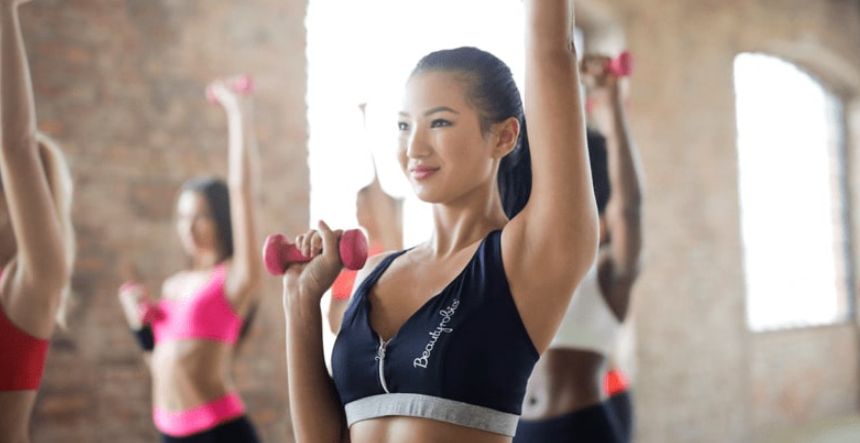
Digital Outreach
Online platforms buzz with brand campaigns. Social media ads target specific demographics. SEO strategies elevate website visibility. Content marketing engages with valuable insights. Email campaigns nurture leads. Analytics track user behavior, refining tactics. Influencer partnerships amplify reach. Virtual try-ons offer a unique experience. Mobile apps integrate shopping with fitness. Video content showcases product benefits. User-generated content boosts authenticity. Retargeting keeps brands in mind. Digital outreach personalizes customer journeys. E-commerce optimizations streamline purchases.
Brand Positioning
Distinctive narratives set brands apart. Eco-friendliness appeals to green consumers. Tech integration attracts gadget lovers. Style statements resonate with fashion-forward audiences. Quality assurance builds trust. Inclusivity broadens appeal. Performance gear targets serious athletes.
Casual lines capture everyday wearers. Collaborations bring crossover appeal. Limited editions create exclusivity. Community initiatives foster loyalty. Brand positioning adapts to changing trends. Customer feedback shapes brand evolution. Positioning strategies pivot around core values.
Influencer Collaboration
Influencers bridge brands and communities. Fitness celebrities endorse performance lines. Fashion influencers highlight style. Eco-advocates champion sustainable practices. Micro-influencers target niche segments. Cross-industry collaborations widen reach. Authentic partnerships enhance credibility.
Influencer content drives engagement. Product co-creation adds value. Exclusive deals incentivize followers. Analytics measure influencer impact. Contracts ensure brand alignment. Influencer selection reflects brand image. Collaboration strategies evolve with trends.
Customer Engagement
Interactive platforms invite user feedback. Social media polls gauge preferences. Live streams host Q&A sessions. Community challenges encourage participation. Loyalty programs reward engagement. Customer service personalizes support. Augmented reality enhances online shopping.
User-generated content campaigns foster community. Feedback loops inform product development. Engagement metrics guide strategy adjustments. Personalization technologies tailor experiences. Virtual events connect global audiences. Customer engagement drives brand loyalty. Continuous innovation keeps engagement high.
Market Research
Data-driven insights inform strategies. Consumer surveys reveal shifting trends. Competitor analysis benchmarks performance. Focus groups test new concepts. Online analytics uncover user paths. Social listening detects brand sentiment. Market segmentation identifies target customers.
Trend forecasting anticipates shifts. Product testing validates concepts. Research tools evolve with technology. Global studies expand market understanding. Ethnographic research deepens customer insights. Market research shapes product innovation. Strategic decisions rely on robust data.
Product Innovation
R&D fuels breakthroughs. Smart fabrics integrate tech features. Sustainable materials reduce environmental impact. Design thinking centers user needs. Prototyping accelerates product development. Wear testing ensures durability. Collaborations bring fresh ideas.
Customization options increase personalization. Functional aesthetics merge form and function. Packaging innovations reduce waste. Patent filings protect novel inventions. Feedback loops refine offerings. Innovation distinguishes leaders. Product lifecycle management streamlines updates.
FAQs!
Q. What Are The Current Global Trends In Fitness Wear Manufacturing?
A. Raw material costs fluctuate. Sustainable sourcing presents hurdles. Tech integration requires expertise. Fast fashion pressures quality. Global competition intensifies. Consumer demands diversify. Supply chain disruptions persist. Regulatory compliance complicates. Skilled labor is scarce.
Innovation demands investment. Digital marketing landscape shifts. Size inclusivity challenges standardization. Environmental regulations tighten. Adapting to change is constant.
Q. How Can Local Manufacturers Capitalize On These Trends?
A. Local makers embrace niche markets. Sustainability differentiates brands. Small batches ensure quality. Community engagement builds loyalty. Agile response is to trends benefits. Collaboration with local designers excites. Direct sales enhance margins. Eco-certifications attract green consumers.
Customization offers unique value. Local sourcing reduces footprints. Artisanal techniques add appeal. Technology investments pay off. Local narratives strengthen branding. Flexibility in production is key.
Q. What Are The Challenges Faced By Fitness Wear Manufacturers?
A. Raw material costs fluctuate. Sustainable sourcing presents hurdles. Tech integration requires expertise. Fast fashion pressures quality. Global competition intensifies. Consumer demands diversify.
Supply chain disruptions persist. Regulatory compliance complicates. Skilled labor is scarce. Innovation demands investment. Digital marketing landscape shifts. Size inclusivity challenges standardization. Environmental regulations tighten. Adapting to change is constant.
Q. How Is Technology Impacting The Fitness Wear Manufacturing Industry?
A. Smart textiles revolutionize products. Wearable tech integration expands. Automation enhances efficiency. Data analytics inform strategies. 3D printing customizes fits. Sustainable tech improves materials. AI predicts fashion trends. Virtual try-ons increase sales. Tech reduces waste in production.
Social media connects brands and consumers. E-commerce platforms dominate sales. Digital tools streamline design. Tech reshapes fitness wear's future. Innovation cycle accelerates.
Conclusion
With Fitness Wear Manufacturing steering through global trends and local opportunities, the industry is on a positive trajectory. Successful manufacturers will be those that innovate, adapt to sustainable and tech-savvy approaches. For the individuals who want to lead in this vibrant industry, take a look at SANSANSPORTS for ideas and collaborations that facilitate development.

 Inquire(
Inquire(
 HOME
HOME Performance and Profit: The Business Side of Fitness Wear with Econyl Fabric Suppliers!
Performance and Profit: The Business Side of Fitness Wear with Econyl Fabric Suppliers!  You May Also Like
You May Also Like








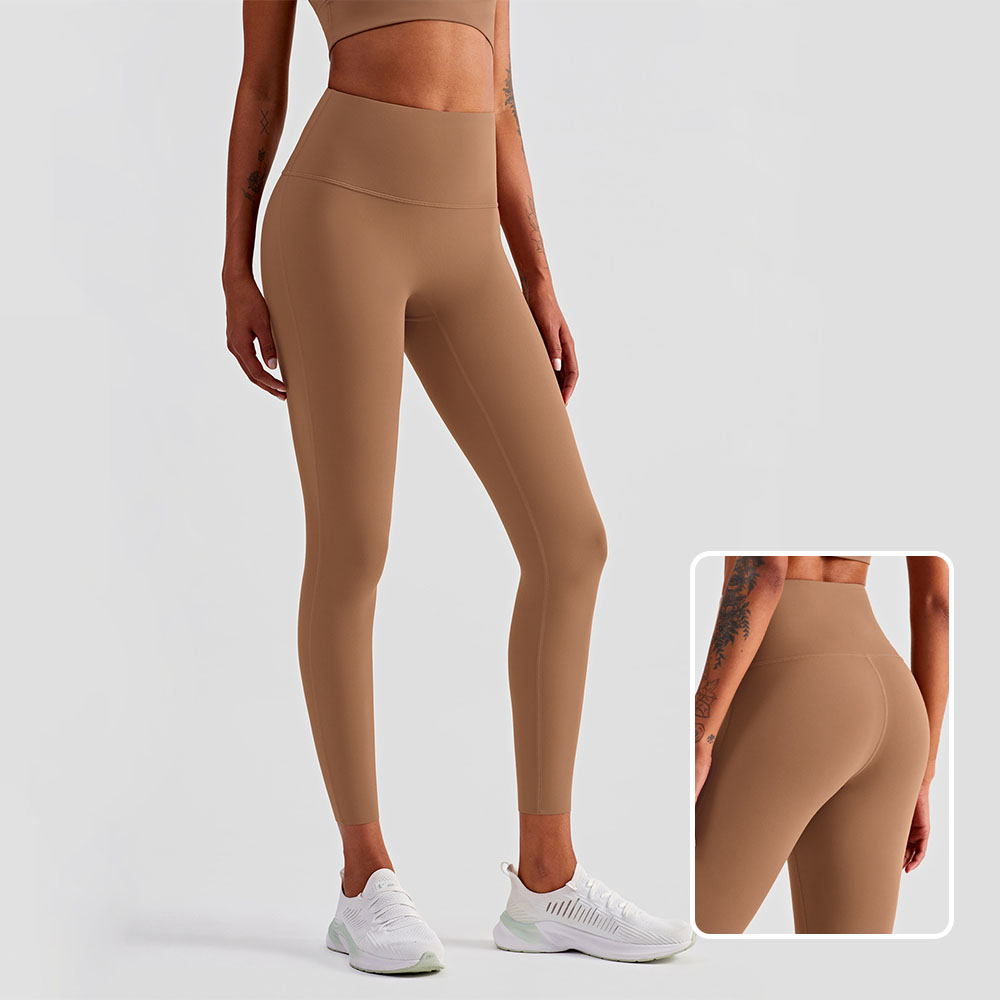





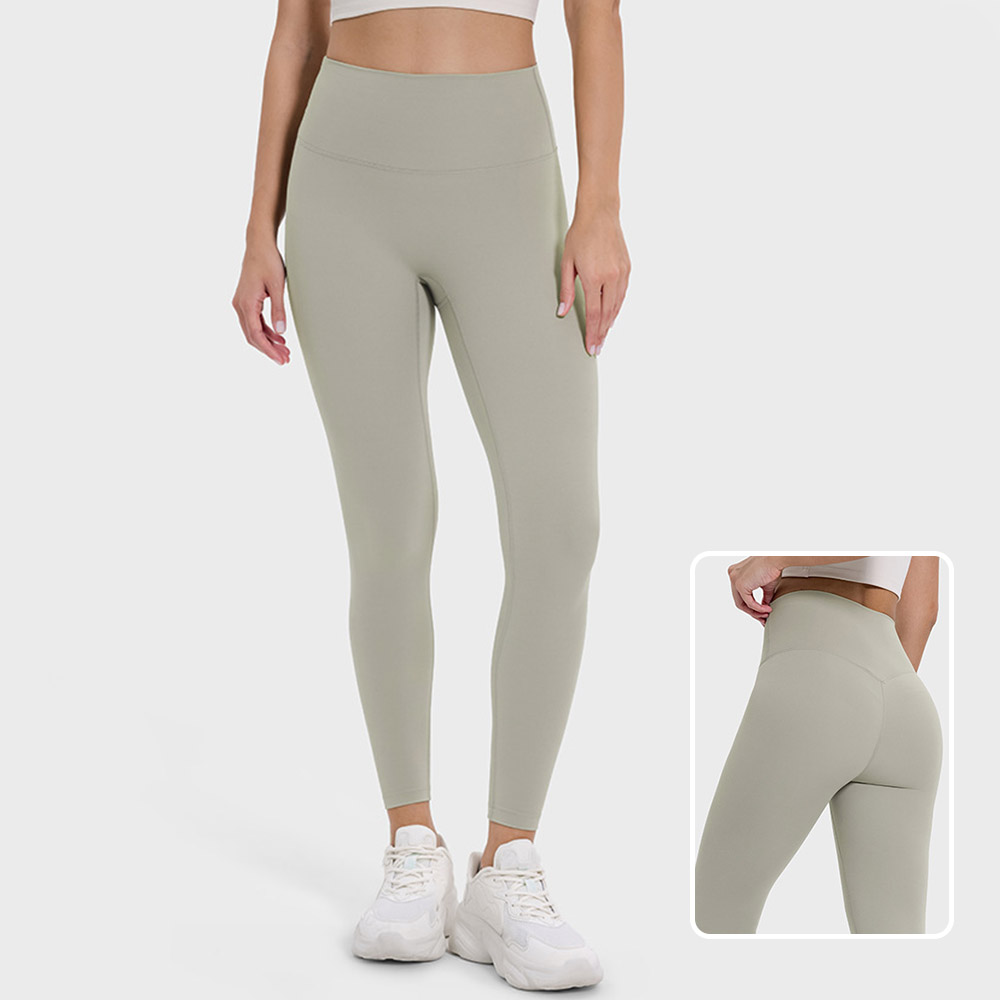







 Tel
Tel
 WhatsApp
WhatsApp
 Email
Email
 Address
Address






